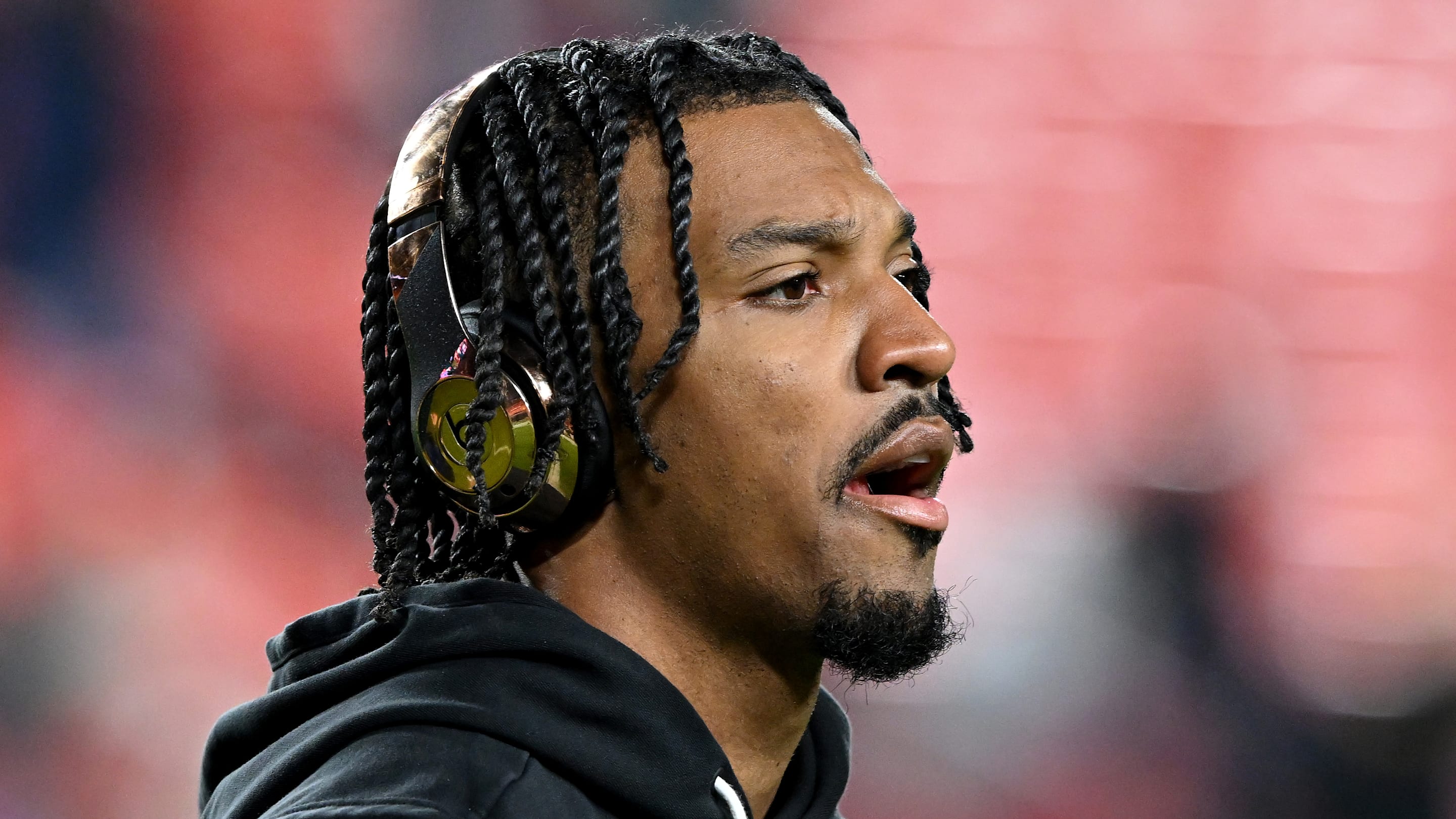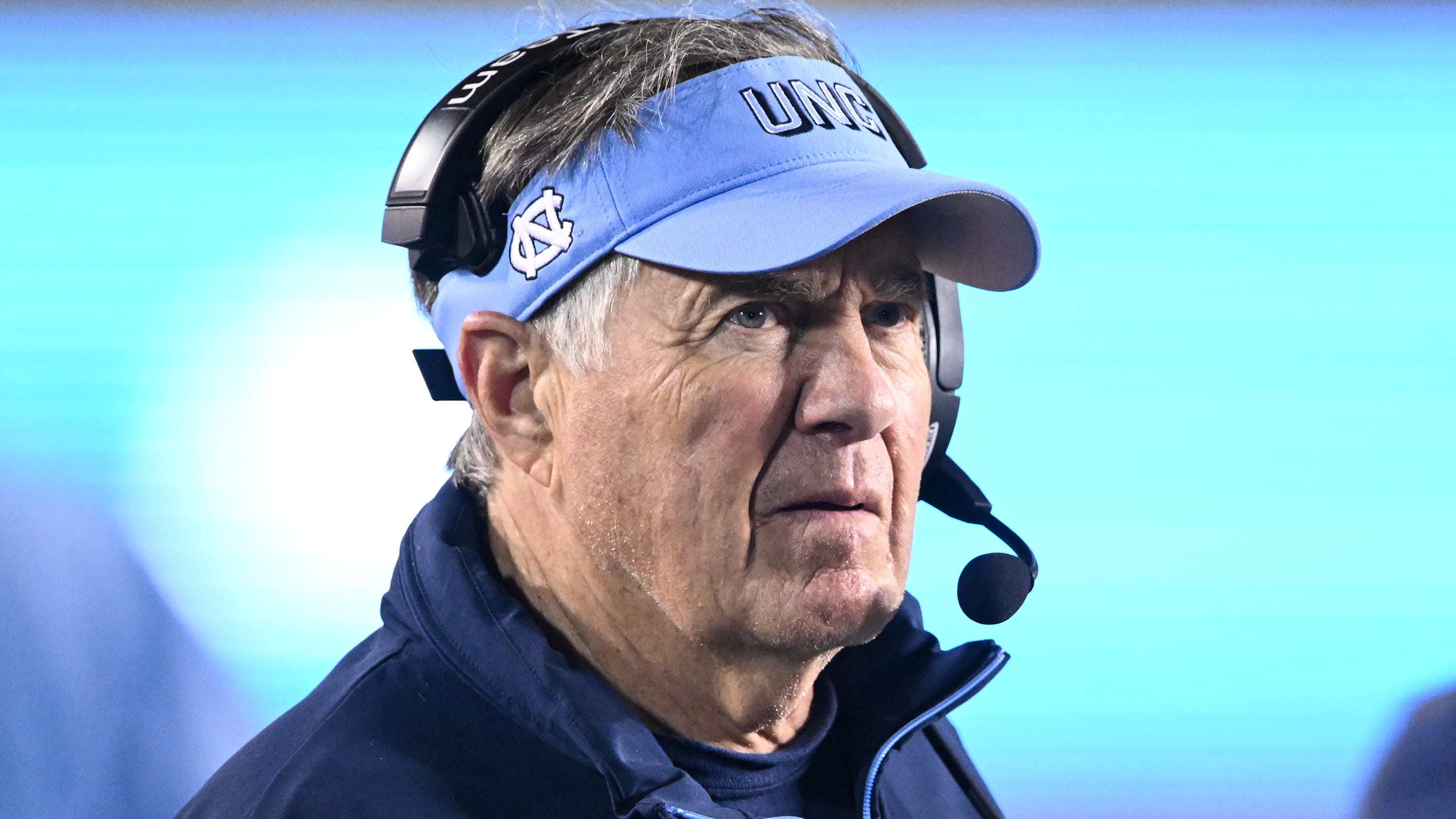
The United Football League started operations in 2009, becoming America's first alternative to the National Football League since 1987. While the UFL has no connections to the NFL. some in the media thought that it would eventually serve as a developmental league.
Others speculated the UFL was born at the time it was to swoop in when the NFL and their players would lock out after the 2010 season. Now that this has happened, the UFL is on the cusp of doing something only one other league has done before. Competing against the NFL has been more a losing proposition.
There have been many leagues formed to oppose the NFL. The first was the American Football League in 1926, created by Hall of Famer Red Grange and his agent after Chicago Bears owner George Halas reneged on monies owed to Grange.
The AFL tried to capitalize on a messy 1925 season for the NFL. Commissioner Joe Carr had just stolen the Championship Trophy from the Pottsville Maroons and handed it to the Chicago Cardinals. The Cardinals owner, NFL co-founder Chris O'Brien, refused the trophy, but the Bidwell family bought the Cardinals in 1933 and have claimed the trophy since.
Grange started the New York Yankees Football Club. A charter NFL team, the Rock Island Independents, joined the AFL and the league played one game in Canada that year. One team, the Brooklyn Horsemen, merged with the Detroit Lions.
This AFL folded after just one season due to financial issues. The second AFL formed in 1936, lasting two years before folding. This league had a team, the Los Angeles Bulldogs, that was the first professional team to play home games on the West Coast. The league had a team called the Cincinnati Bengals, who Hall of Famer Paul Brown named his 1967 expansion team after.
The lasting legacy of the second AFL was the Cleveland Rams, who are now known as the Saint Louis Rams in the NFL. The Rams had a rookie by the name of Sid Gillman on their 1936 team. Gillman is a Hall of Famer known as the "Father of the Modern Day NFL Offense". A second Yankees team was founded as well, and starred Hall of Fame running back Ken Strong.
Though the Los Angeles team drew fans, the rest of the league only garnered local interests in their respective areas. The financial strains of trying to compete against the NFL caused them to fold after 1937, but the dream of competition lived on.
The third AFL formed in 1940. They had a third version of the Yankees, a team that has lineage tied to the Indianapolis Colts, and Bengals. The Yankees called themselves the Americans in 1941, creating a coup by signing 1940 Heisman Trophy winner Tom Harmon over the Chicago Bears. The league folded after just two years because World War II emptied most of their rosters.
The All-American Football Conference was born after the war. The Cleveland Browns, Baltimore Colts, and San Francisco 49ers were teams born from the AAFC that would later join the NFL, though this Colts team has no ties to the current version. The Browns dominated the league, once going a record 29 games without defeat.
The AAFC is most remembered for breaking the color line professional sports employed in that era. The Browns signed Bill Willis and Marion Motley, two men who would later be inducted into the Pro Football Hall of Fame. The AAFC drew well at first, and helped the NFL get more viewers as well.
The increasing popularity of pro football led to salary increases for the players. Only two NFL teams had profits in 1946. The AAFC instilled the use of the face mask, refining pass route running, shuttling players with plays called from the sideline, a year-round coaching staff, and classroom sessions that broke down games on a chalkboard and film.
The league folded when the Browns, Colts, and 49ers merged with the NFL. A fourth AAFC team, the Buffalo Bills, had their large fan base unsuccessfully campaigned for their teams inclusion but failed. Ralph Wilson, then a part-owner of the Detroit Lions saw this rabid fan base and would reward them a decade later.
The fourth American Football League was founded in 1960. Owners like Wilson, Bud Adams, and Lemar Hunt made the league work even despite their initial struggles. The AFL took an aggressive approach. They did not only line their rosters with ex-NFL players, but they held their own annual drafts and offered college kids more money than the NFL.
They made a few huge signings, starting with 1959 Heisman winner Billy Cannon. Adams recruited him in the end zone of his final collegiate game. Cannon would help lead the Houston Oilers to the first two championship wins in AFL history.
Others soon followed Cannon to the AFL. Hall of Famers like Joe Namath, Lance Alworth, Ron Mix, and Johnny Robinson were all first-round draft picks of the NFL who opted for the AFL. All are inducted into the Pro Football Hall of Fame except Robinson, who should be as well. The AFL put 31 men in the Hall of Fame, so far, and should have more.
The AFL brought an exciting brand of big play football without castrating the defenses. The offenses were exciting, as opposed to the grind-it-out style of the NFL then. Despite their fun play, the NFL considered them inferior and called them a "Mickey Mouse League."
When the AFL beat the NFL in the third Super Bowl, opinions changed. Secret meetings between Hunt and NFL owners in 1966, that were held without the knowledge of league commissioners Pete Rozelle and Al Davis, bred a merger that was agreed upon in 1970.
The AFL won the Super Bowl one more time in 1969 before it happened. Most of the AFC teams of today started in the AFL and no AFL team is in the NFC.
Since then, the World Football League, United States Football League, and XFL tried to compete with the NFL. The WFL signed several NFL stars and even took a few out of college.
Hall of Famers Larry Csonka and Paul Warfield were joined by Pat Haden, Danny White, Alfred Jenkins, Greg Latta, Jim Fassell, and Vince Papale, along with coaches like Jack Pardee, Marty Shottenheimer, Lindy Infante, and John McVay, to play two years with the WFL until it folded.
The XFL lasted one year before folding. They tried to bring in old school fans by allowing the bump and run defense, except they let defenders hit the receiver at any time. After four weeks, they adopted the NFL's five-yard chuck rule to increase scoring. They only allowed the two-point conversion after touchdowns, which the WFL also had, and they did not flip a coin to begin games to determine possession. They had a player from each team run 20 yards to gain possession of the ball laying on the 50-yard line.
The XFL put 33 players in the NFL and seven played in Super Bowls. Five won Super Bowl rings and Tommy Maddox, Bobby Singh, and Rob Carpenter won both an XFL and NFL championship.
The USFL had some successes in their three years of play. The league has six men in the Pro Football Hall of Fame and several others who later became stars in the NFL. They were aggressive in bidding for NFL free agents and college stars. Some of their biggest signing were Hall of Famers Jim Kelly and Steve Young out of college, as well as 1982 Heisman winner Hershel Walker, 1983 winner Mike Rozier, and 1984 winner Doug Flutie.
The USFL also attained the services of Hall of Famers Reggie White and Gary Zimmerman by offering them more money. Despite all of this, they could not keep up financially and teams began folding before they suspended play after 1985 and took the NFL to court. After losing their lawsuit, the USFL folded in 1987.
The UFL has all of this history to learn from. To see what works and what is a risk for failure. They are struggling some already, having their New York team move to Connecticut and Florida team move to Virginia and become owned by the league.
The league has just five teams right now and plans to play on Sundays starting in August. If they receive an influx of NFL players, there is a possibility of a sixth team. The UFL allows celebrations by players and have a "No Tuck Rule".
Several NFL coaches are in the UFL. Jim Fassel, Marty Shottenheimer, Jerry Glanville and Dennis Green lead teams. Joe Moglia, the Ameritrade CEO who was an unpaid assistant at Nebraska University, will coach the other team. The UFL has had 27 of their players go on and play in the NFL.
The UFL appears to be restricted financially. They borrowed $5 million from Mark Cuban last year and now have been taken to court by Cuban for failure to re-pay him on time. Cuban was once rumored to be interested in owning a UFL team and broadcasted their games on his HDnet network the first two years of their existence.
With the NFL appearing a long time away from solving their differences, the UFL could benefit. There is also a chance the lock out can hurt them. NFL players are trying to convince college players to skip the draft, so owners have been said to consider using replacement players like they did in 1987 during a players strike. The UFL could see most of their players in NFL uniforms.
Getting NFL players to join them could take time, as many may prefer to sit back and observe the negotiations. The UFL also does not appear to have the maverick leadership the AFL in the 1960's enjoyed. But it could work.
If an influx of bored NFL players decides to go to the UFL to collect a paycheck, their popularity could increase. It may increase already, considering they are the only game in town right now. In this tenuous situation, the next few months can define the legacy of the United Football League.





















1 comment:
Great history lesson about the game. Given the past, still amazing how the AFL not only survived, but became strong enough to merge with the NFL.
I enjoyed watching AFL football. In the day, I probably watched it more than the NFL.
Post a Comment